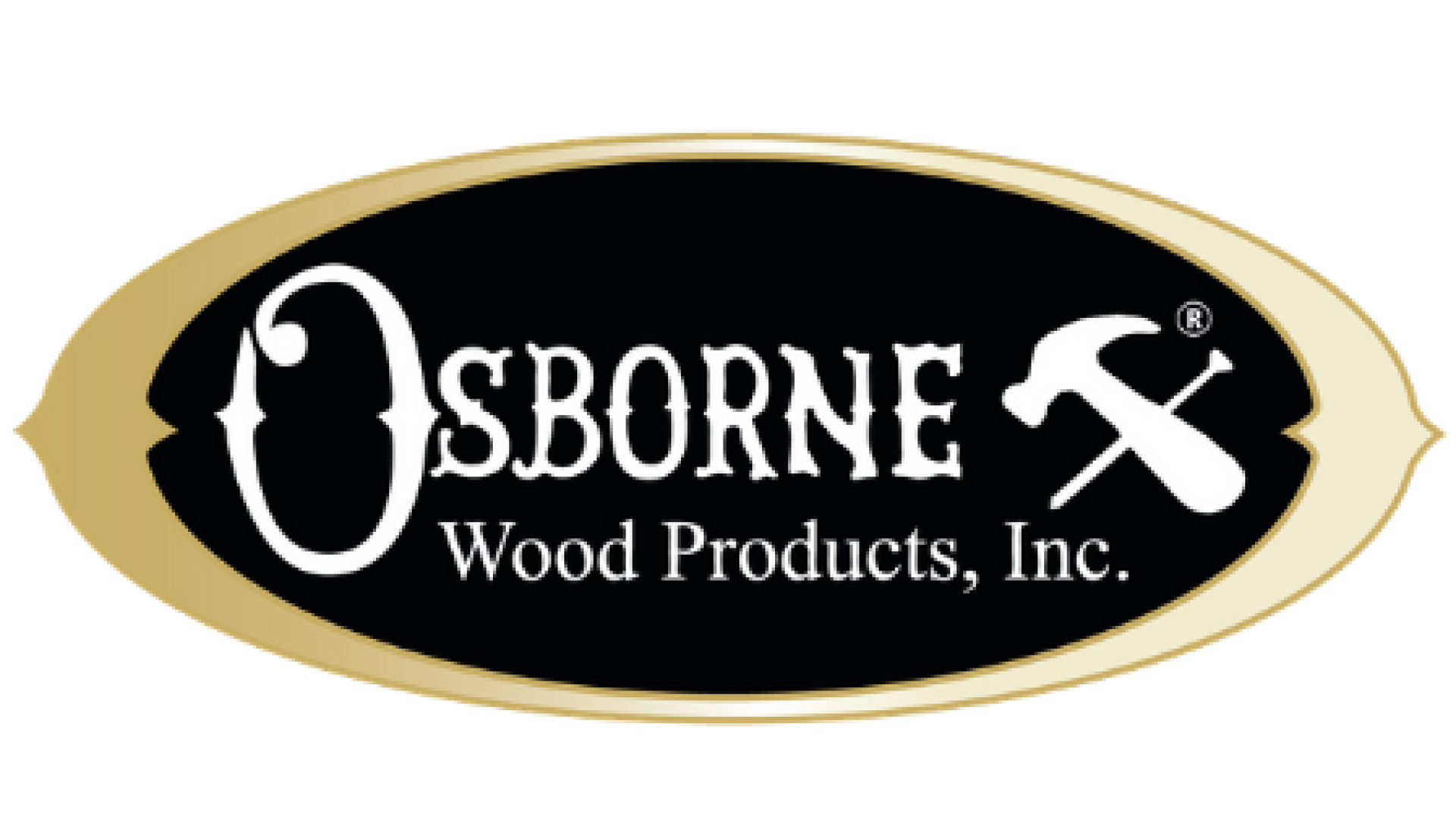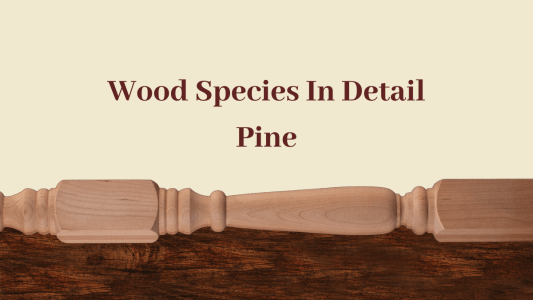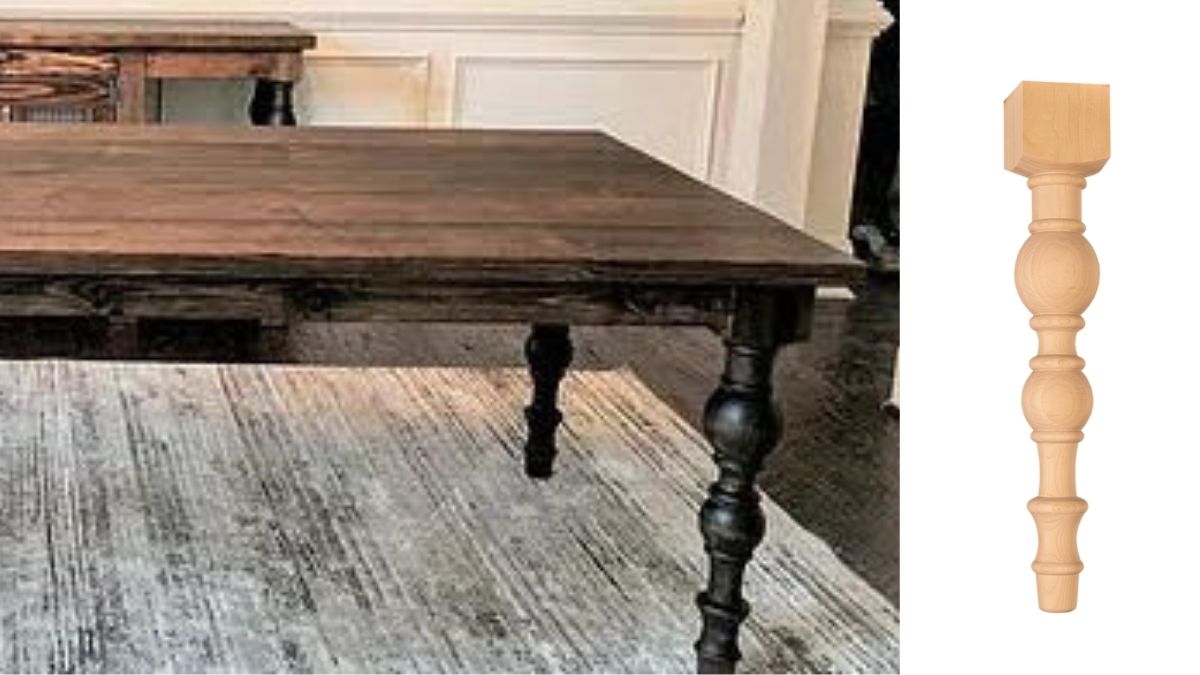Whether you’re about to dive into your first woodworking project or your hundredth, the most important decision you have to make is which wood type you should use. The design style you choose can have an influence on which wood type you’ll choose, as rustic designs may favor open knots or holes but something more contemporary may not. Your project’s function can also influence this, as some wood types are more suited to certain uses (i.e. indoor versus outdoor). The cost of the wood itself can also play a large role in your decision. In today’s blog post, we’re going to discuss several very important questions you’ll need to consider when choosing a wood type for your next project.
The first thing you should consider is whether your project will be used outdoors or indoors. Generally, wood that has been pressure treated is preferred for outdoor use, whereas wood that has been kiln dried is less ideal and better suited for indoor use. Additionally, some species such as mahogany, cypress, or cedar are naturally more resistant to decay or have a greater ability to repel water, which would make them a more ideal choice for outdoor use, as well. Once you have made that decision, you’ll be able to narrow down your choices much easier.
Other questions you may want to consider include:
- How well does this wood species paint/stain?
- Does this wood machine well?
- Does this wood type have a distinct or unique grain pattern that may benefit or detract from my design?
- Does this wood type have a consistent or varied color?
- How dense is this wood? Will this affect how I need to work with it? (See how our wood types compare here.)
- Are there other things I should consider, properties unique to a certain wood type, that may impact my design?
- How does the wood’s cost compare to my budget? Are there less costly options that would offer a similar look?
Often, costs can be a driving factor behind the decision to use a specific kind of wood, however these other questions should not be overlooked. For example, while knotty pine is largely the least expensive option available here at Osborne Wood Products, we do not recommend it for painting. This is because the knots contain oils that differ from the rest of the wood and they can impact the way the paint settles. In many cases, the knots can bleed through the paint over time, even as little as just a few days.
Our recommended paint-grade wood type is soft maple. While not quite as low-cost as knotty pine, soft maple is a dense wood with a fine texture and close grain that lends itself well to painting. Additionally, soft maple can contain mineral streaking that may show through stains, so we recommend soft maple for painting only.
Another great paint grade option is poplar. This wood type is also a low-cost choice, however poplar is much less dense than soft maple. At Osborne, since this is recommended as a paint grade wood only, our poplar has no limits on the number or direction of laminates and also does not restrict the use or color of putty or filler.
We also offer a handful of wood types with unique grain patterns and colors that may impact a design. These include walnut and cherry, both of which may contain roughly 25% sapwood that can be noticeably lighter in color than the heartwood, as well as hickory, which is striped in appearance. You can also view our standards for these wood types here.
An example of a wood type with unique considerations would be tiger maple, also known as curly maple or fiddleback maple. It features an unusual rippled or wave-like appearance on the surface which makes it ideal for unique projects that would enhance this feature.
Finally, when considering costs, there are some wood types that are less expensive than their comparable counterparts. For example, alder is often used as a cheaper alternative for cherry because it has a similar reddish-brown color. However, alder is much less dense than cherry and can dent easily. Additionally, beech is a great choice when other wood types aren’t available because it can be stained to resemble other wood types.
For a brief overview of all of our stock wood types, you can take a look at the infographic below, or you can use the links below to read more in-depth information on each of these wood types mentioned.
- Maple (hard, soft, tiger/curly)
- Pine (knotty, heart, specialty)
- Oak (red, white, rift vs. quarter sawn)
- Rubberwood
- European Beech
- Cherry & Alder
- Hickory, Mahogany, & Walnut
- Poplar
- Miscellaneous & Specialty Woods









